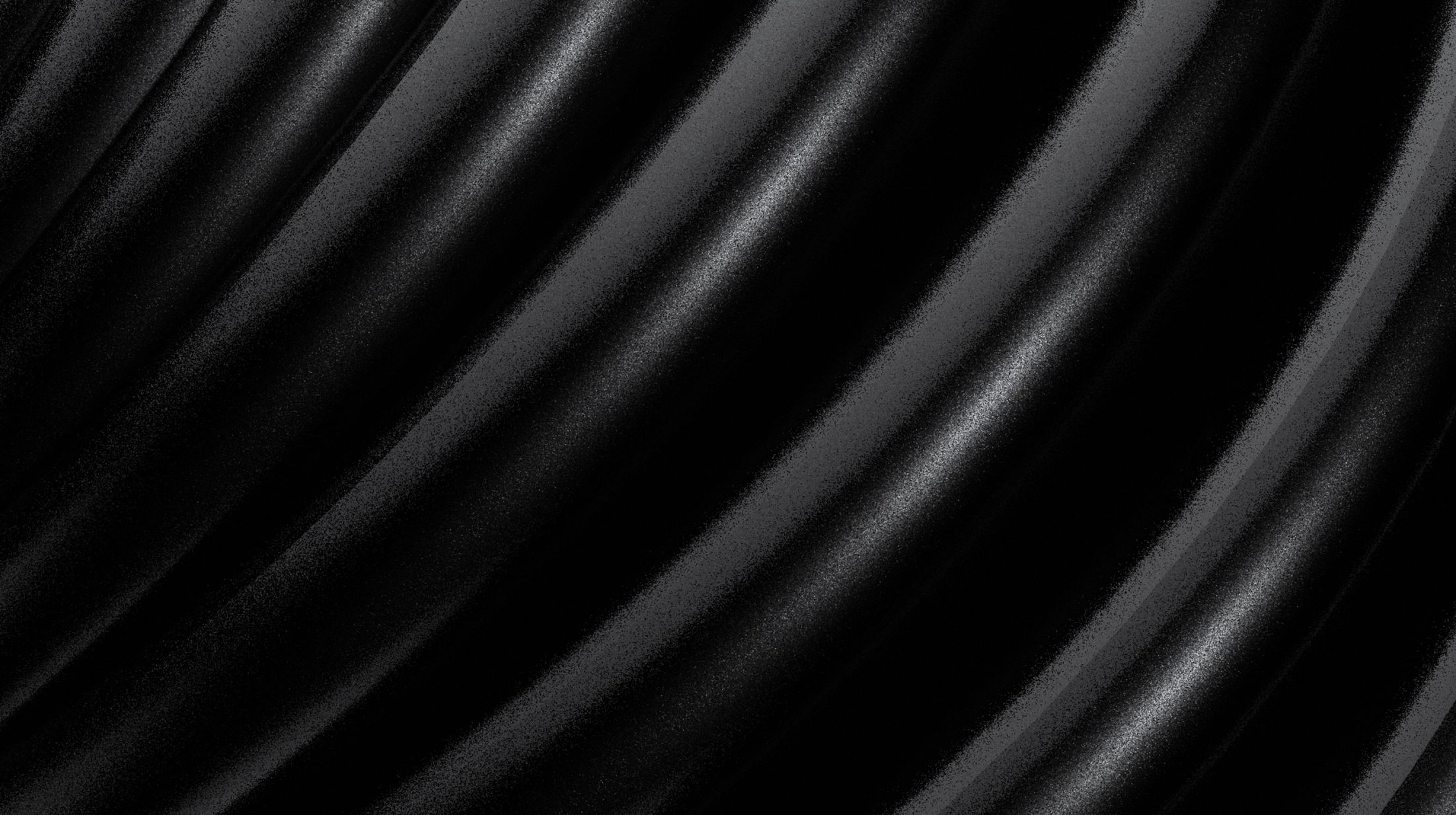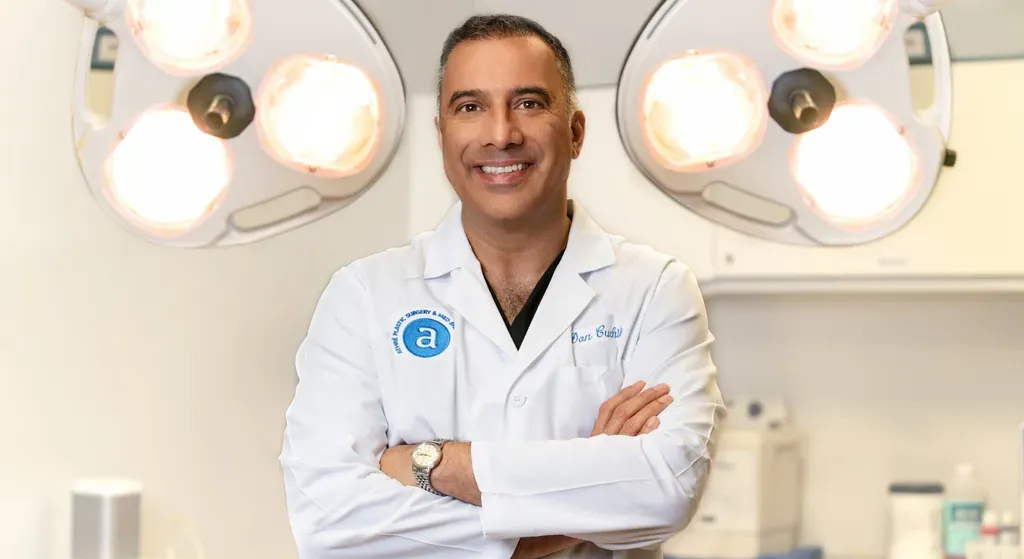



I perform almost 100% of rhinoplasty surgeries under general anesthesia. My rationale for doing so is as follows. When doing rhinoplasty surgery, you will get a small amount of blood that trickles down into the posterior aspect of the throat. If you are doing the surgery under local anesthesia or sedation anesthesia, this small amount of blood can cause the vocal cords to spasm (laryngospasm). This would create an emergent situation in an otherwise simple case. For that reason, I prefer general anesthesia, where the vocal cords and airway is protected. This decision IS NOT based on the amount of pain or discomfort caused by surgery.
Despite using general anesthesia, local anesthesia is still injected into the nose. There are two solutions of local anesthesia injected: a.) a strong solution of 1% lidocaine with 1:20,000 epinephrine, and, b.) a weak solution of 0.5% lidocaine with 1:40,000 epinephrine. These solutions are injected into the soft tissues and mucosa of the nose to minimize intraoperative bleeding, provide intraoperative anesthesia, and minimize postoperative bleeding and swelling.
One statement made above was that local anesthesia provides for additional intraoperative anesthesia. If we used only general anesthesia in rhinoplasty, some of the maneuvers in the rhinoplasty procedure would cause the patient pain, despite them being unconscious. This would cause blood pressure and/or tachycardia spikes and would cause the anesthesiologist to inject additional systemic IV anesthesia to keep the patient comfortable. By injecting local anesthesia and minimizing patient discomfort, less systemic anesthesia is needed, less blood pressure spikes will be experienced which all leads to less bleeding, less bruising, less swelling, and a smoother recovery period.
The following video shows how local anesthesia is injected for an open rhinoplasty procedure. The strong solution is injected at the site of the open rhinoplasty incision, at both rim incisions, over the tip and dorsum, and at the site of the osteotomies. The weak solution is used to inject the mucosal surface of the septum bilaterally.